2016 Stumptown TwilightJun 23, 2016 by Taylor Dutch
Becky Wade's Trials Qualifier Denied By USATF
Becky Wade's Trials Qualifier Denied By USATF
With just eight days until the U.S. Olympic Team Trials and one meet remaining to obtain a qualifying standard, Becky Wade's once-secure spot at the Trials
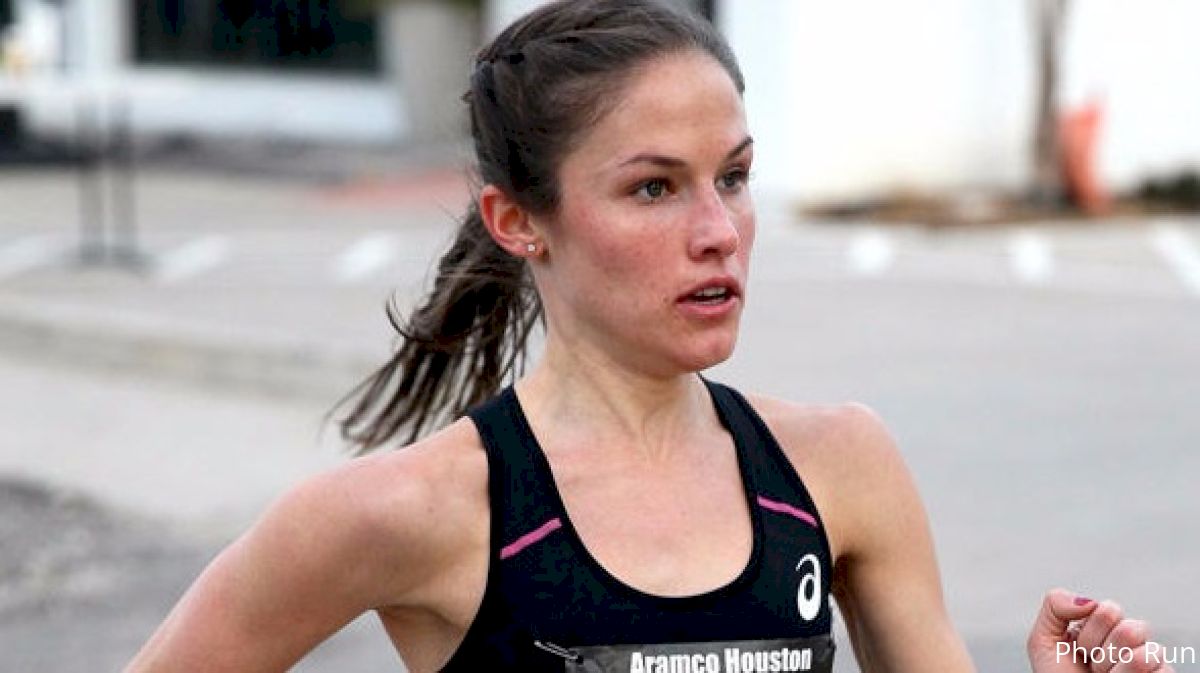
With just eight days until the U.S. Olympic Team Trials and one meet remaining to obtain a qualifying standard, Becky Wade's once-secure spot at the Trials is now in jeopardy.
She ran 9:52.62 in the steeplechase at American Track League on June 4, which was safely under the 9:53 standard required to compete. But on Monday, when she checked her status on the USATF entries page, she noticed she was listed as “not qualified.”
“My first thought was that there had been a mistake, but upon further inspection by my coach and agent, we have been told that the American Track League meet in Atlanta did not have metal railings in place on the curve (only cones),” Wade wrote in an email to FloTrack. “So times run there will not be accepted as Olympic Trials qualifiers.”
Wade and the other competitors also had to hurdle an extra barrier on the first lap. Steeplechase races normally begin with the first barrier secured at the 200m mark.
According to the IAAF Competition Rules, track measurements are required to follow these guidelines:
“…It shall consist of two parallel straights and two bends whose radii shall be equal. The inside of the track shall be bordered by a kerb of suitable material that should be coloured white, with a height of 50mm to 65mm and a width of 50mm to 250mm. The kerb on the two straights may be omitted and a white line 50mm wide substituted. If a section of the kerb on a bend has to be temporarily removed for Field Events, its place on the surface beneath shall be marked with a white line 50mm in width and by cones or flags, minimum height of 0.20m, placed on the white line so that the edge of the base of the cone or flag pole coincides with the edge of the white line closest to the track, and placed at intervals not exceeding 4m. This shall also apply to the curved section of the steeplechase track where athletes divert from the main track to negotiate the water jump.”
Because Wade is listed as “not qualified” in both the steeplechase and the 10K—her season’s best of 32:32 is slower than the 32:25 standard—she must attempt to run a faster steeplechase at today’s Stumptown Twilight in Portland.
Upon hearing the news, the Houston-based runner bought a last-minute flight to Portland in an attempt to have one last chance at competing at the Olympic Trials.
“Had I been informed in the weeks following the race that there was a possibility my time wouldn't count—or even last week, when I had been entered and it was being deliberated—I would definitely have planned this last month differently, and raced another steeple or two,” Wade said.
“But since I just found out on my own yesterday, I had to buy last minute plane tickets to Portland to race Stumptown (and make it a five-day trip since Wednesday and Friday flights were outrageous),” she said.
Wade has until Sunday, June 26, to update her mark in the USATF qualifying system. Should she run under the 9:53 standard in Portland, she will be able to compete in Eugene, Oregon, at the Trials. If not, she will miss out on a chance to contend for a spot on Team USA headed to Rio de Janeiro.
ATL meet director Paul Doyle told FloTrack he was using the same guidelines he used at last year’s FloTrack Throwdown, where USATF Rules Committee member David Katz informed race organizers that cones instead of a rail would be sufficient on the turns.
Katz denied any involvement in the organization of the FloTrack Throwdown.
“I even had a USATF official help me lay out cones before the meet started,” Doyle said. “But I was told after that having cones for a complete turn isn’t enough and that cones can only be used when you’re replacing part of the rail for a field event.”
“There were cones on that track, and Becky certainly didn’t run short or anything,” Doyle said. “There’s no reason why her time shouldn’t count.”
Last weekend at the Dilboy Stadium, host of the adidas BOOST Boston Games, Katz showed Doyle the specific guidelines which govern track measurements.
“It [Dilboy Stadium track] didn’t have a rail on that track either, but they added a rail and when they added a rail, David Katz had to go put all new start lines down because apparently when there is no rail, the track is measured three inches off the line, but when there is a rail, they measure it six inches off the line,” Doyle said. “So they’re actually accommodating for when there is a rail there, the athletes are going to have to stay a little bit further away from it than if it was just a line.”
Other athletes that raced at ATL and hit the Trials standards are T’erea Brown and Quincy Downing, who both qualified for the 400m hurdles in Atlanta. But unlike Wade, both athletes’ marks from the meet are listed as “accepted” on the USATF entries page. According to USATF, races where athletes “run completely in lanes are not affected.”
When reached for comment, USATF’s Chief Public Affairs Officer Jill Greer replied by email, “I don’t have any knowledge of the cone situation and our HP staff is traveling to Juniors today.”
Watch Wade run another attempt at an Olympic Trials qualifier tonight at Stumptown Twilight.
She ran 9:52.62 in the steeplechase at American Track League on June 4, which was safely under the 9:53 standard required to compete. But on Monday, when she checked her status on the USATF entries page, she noticed she was listed as “not qualified.”
“My first thought was that there had been a mistake, but upon further inspection by my coach and agent, we have been told that the American Track League meet in Atlanta did not have metal railings in place on the curve (only cones),” Wade wrote in an email to FloTrack. “So times run there will not be accepted as Olympic Trials qualifiers.”
Wade and the other competitors also had to hurdle an extra barrier on the first lap. Steeplechase races normally begin with the first barrier secured at the 200m mark.
According to the IAAF Competition Rules, track measurements are required to follow these guidelines:
“…It shall consist of two parallel straights and two bends whose radii shall be equal. The inside of the track shall be bordered by a kerb of suitable material that should be coloured white, with a height of 50mm to 65mm and a width of 50mm to 250mm. The kerb on the two straights may be omitted and a white line 50mm wide substituted. If a section of the kerb on a bend has to be temporarily removed for Field Events, its place on the surface beneath shall be marked with a white line 50mm in width and by cones or flags, minimum height of 0.20m, placed on the white line so that the edge of the base of the cone or flag pole coincides with the edge of the white line closest to the track, and placed at intervals not exceeding 4m. This shall also apply to the curved section of the steeplechase track where athletes divert from the main track to negotiate the water jump.”
Because Wade is listed as “not qualified” in both the steeplechase and the 10K—her season’s best of 32:32 is slower than the 32:25 standard—she must attempt to run a faster steeplechase at today’s Stumptown Twilight in Portland.
Upon hearing the news, the Houston-based runner bought a last-minute flight to Portland in an attempt to have one last chance at competing at the Olympic Trials.
“Had I been informed in the weeks following the race that there was a possibility my time wouldn't count—or even last week, when I had been entered and it was being deliberated—I would definitely have planned this last month differently, and raced another steeple or two,” Wade said.
“But since I just found out on my own yesterday, I had to buy last minute plane tickets to Portland to race Stumptown (and make it a five-day trip since Wednesday and Friday flights were outrageous),” she said.
Wade has until Sunday, June 26, to update her mark in the USATF qualifying system. Should she run under the 9:53 standard in Portland, she will be able to compete in Eugene, Oregon, at the Trials. If not, she will miss out on a chance to contend for a spot on Team USA headed to Rio de Janeiro.
ATL meet director Paul Doyle told FloTrack he was using the same guidelines he used at last year’s FloTrack Throwdown, where USATF Rules Committee member David Katz informed race organizers that cones instead of a rail would be sufficient on the turns.
Katz denied any involvement in the organization of the FloTrack Throwdown.
“I even had a USATF official help me lay out cones before the meet started,” Doyle said. “But I was told after that having cones for a complete turn isn’t enough and that cones can only be used when you’re replacing part of the rail for a field event.”
“There were cones on that track, and Becky certainly didn’t run short or anything,” Doyle said. “There’s no reason why her time shouldn’t count.”
Last weekend at the Dilboy Stadium, host of the adidas BOOST Boston Games, Katz showed Doyle the specific guidelines which govern track measurements.
“It [Dilboy Stadium track] didn’t have a rail on that track either, but they added a rail and when they added a rail, David Katz had to go put all new start lines down because apparently when there is no rail, the track is measured three inches off the line, but when there is a rail, they measure it six inches off the line,” Doyle said. “So they’re actually accommodating for when there is a rail there, the athletes are going to have to stay a little bit further away from it than if it was just a line.”
Other athletes that raced at ATL and hit the Trials standards are T’erea Brown and Quincy Downing, who both qualified for the 400m hurdles in Atlanta. But unlike Wade, both athletes’ marks from the meet are listed as “accepted” on the USATF entries page. According to USATF, races where athletes “run completely in lanes are not affected.”
When reached for comment, USATF’s Chief Public Affairs Officer Jill Greer replied by email, “I don’t have any knowledge of the cone situation and our HP staff is traveling to Juniors today.”
Watch Wade run another attempt at an Olympic Trials qualifier tonight at Stumptown Twilight.
Related Content
 Mic'd Up With Ritz At The TEN
Mic'd Up With Ritz At The TENApr 19, 2024
 FloSports Recognized Globally By International Sports Press Association
FloSports Recognized Globally By International Sports Press AssociationApr 18, 2024
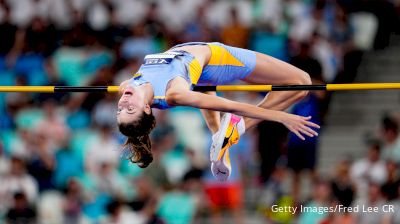 How To Watch The Diamond League Xiamen 2024
How To Watch The Diamond League Xiamen 2024Apr 18, 2024
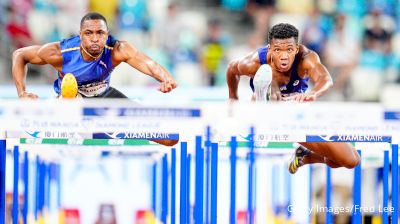 Diamond League Xiamen 2024 Schedule: What To Know
Diamond League Xiamen 2024 Schedule: What To KnowApr 18, 2024
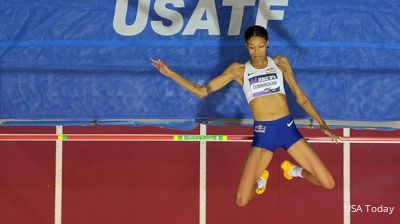 Vashti Cunningham Highlights Olympic Development High Jump Fields At Penn
Vashti Cunningham Highlights Olympic Development High Jump Fields At PennApr 18, 2024
 Peres Jepchirchir Aiming For Win And Possible All-Women's World Record At London Marathon
Peres Jepchirchir Aiming For Win And Possible All-Women's World Record At London MarathonApr 18, 2024
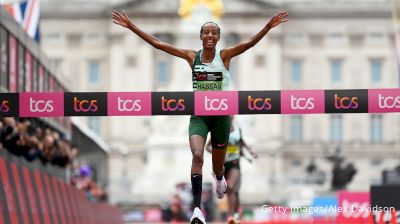 London Marathon 2024 Stream: Here's How To Watch
London Marathon 2024 Stream: Here's How To WatchApr 18, 2024
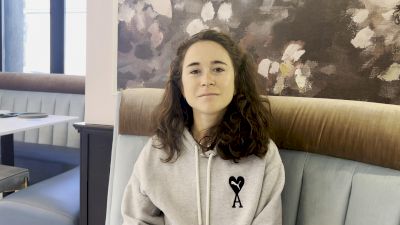 Molly Seidel on the other side of injury and looking ahead to fall marathon
Molly Seidel on the other side of injury and looking ahead to fall marathonApr 17, 2024
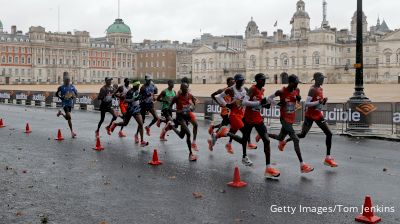 London Marathon 2024 Schedule: What To Know
London Marathon 2024 Schedule: What To KnowApr 16, 2024